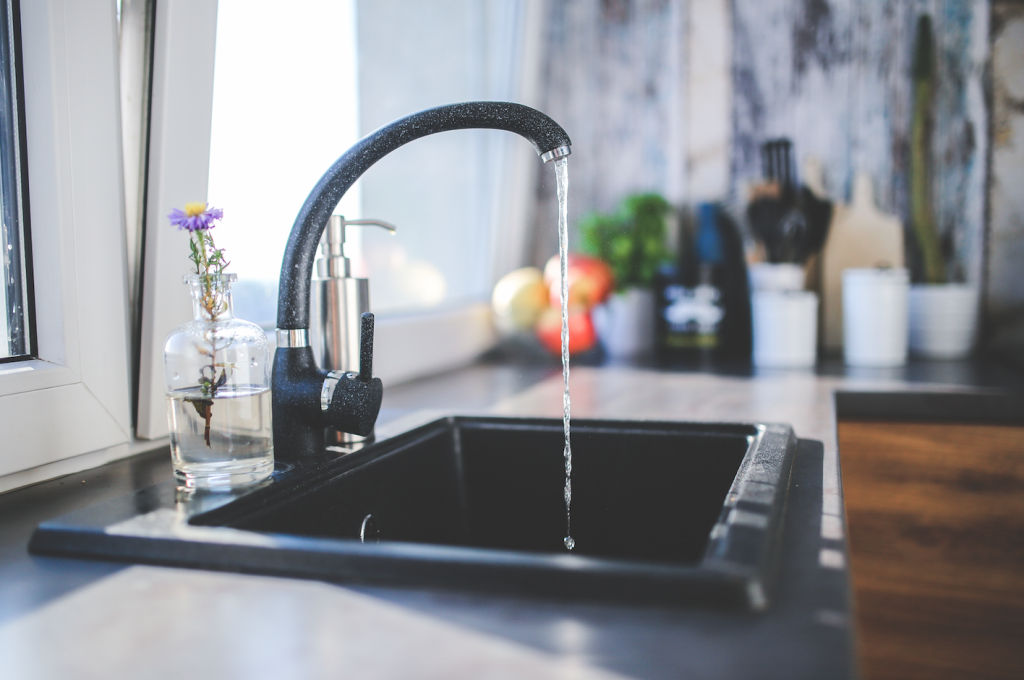 Have you seen a significant change in your water bill that you can’t explain? There may be a reasonable explanation that you’ve overlooked. Before you panic, look through this list of non-leak related causes of a higher water bill:
Have you seen a significant change in your water bill that you can’t explain? There may be a reasonable explanation that you’ve overlooked. Before you panic, look through this list of non-leak related causes of a higher water bill:
- Have you had visitors or overnight guests?
- Have you filled a swimming pool, garden tub or hot tub?
- Do you have an irrigation system on your residential water line? Have you increased the frequency or length of time you water your lawn? Is it on a timer that is running too long or too often?
- Have you power-washed your home or driveway?
- Have you put down new sod or landscaping?
If none of these situations apply to you and you still suspect a leak in your home, track your water meter readings. In a recent article, we discussed how to read your Water Meter and track changes as they arise. Check your water meter and make note of the reading before and after a 2-hour period when no water is being used. If the numbers are not identical, you probably have a leak.
Of course, make sure all the faucets are closed tightly, inside and out of your home. Turn off the dishwasher and the washing machine and make sure no one else in the house is using any water.
The worst offenders for leaks are your toilet flappers, dripping faucets and leaking shower heads, which are all easily fixed.
Following are some easy suggestions for quick repairs:
TOILETS
To check for toilet leaks, the Environmental Protection Agency suggests you put 5-10 drops of food coloring in the tank of the toilet and if the color shows up in the bowl within 10 minutes without flushing, you’ve found the leak. (Be sure to flush right away after this experiment to avoid staining the tank.) You can determine if the leak is from the refill valve (the left side inside the tank) or the flush valve (in the center of the tank) by making a pencil mark at the water line inside the tank and turning off the water. Wait 20 to 30 minutes and if the water remains at the pencil mark, the leak is from the refill valve. If it is below the pencil mark, the leak involves the flush valve. Replacement parts for either system are sold at most home improvement stores for an easy do-it-yourself project that pays for itself right away.
FAUCETS
Did you know that a faucet dripping once per second wastes more than 3,000 gallons of water per year? That’s the equivalent of 180 showers just going down the drain, so to speak. Rubber washers and gaskets break down over time, getting hard and inflexible and will no longer create a secure seal. Again, replacement washers or repair kits can be found at most home improvement stores and come with pretty reasonable instructions.
SHOWER HEADS
A leaky shower head can occur because of a loose connection, cracks in the plastic, corrosion in the metal of the pipes or the fixture and worn washers. You can easily replace the fixture or the washer yourself to stop a leak, but it is imperative you use plumber’s tape to seal the connection. This is a thin, white, non-sticky “tape” that you wind around the threads of the water pipe before attaching the fixture and it can save you a good 500 gallons of lost water each year.
Water leaks not only waste money and valuable water, but cause higher sewer volume and excessive wear on wastewater infrastructure. But unless you see the water actually dripping from your ceiling or pooling on your floor, those leaks can be largely invisible until something catastrophic occurs. If you aren’t comfortable making repairs or replacements yourself, or if you can’t pinpoint the origin of the leak but you still suspect one, hire a handyman or plumber to help and don’t ignore the situation.
Over time, much more expensive issues can occur, such as dangerous mold, rot in your walls or floors and major structural damage, on top of the money you’re throwing away each month through water usage fees. With these simple suggestions, you can save yourself a big headache as well as money!
If you have questions or comments, please contact Brandon Patterson, Osceola Water Works Superintendent, 208 West Jefferson Street, PO Box 515, Osceola, Iowa 50213, phone: 641-342-1435 email: osceolawater2@windstream.net
